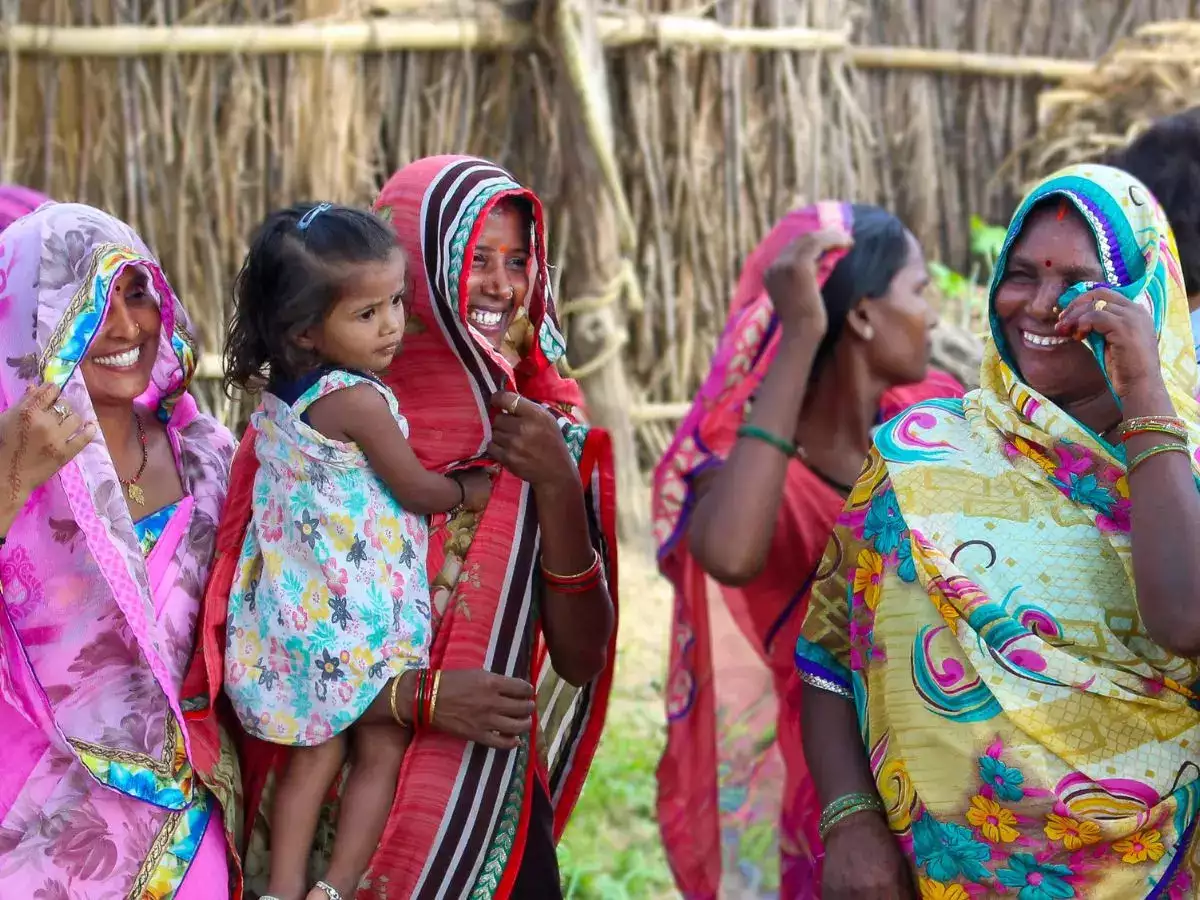Malnutrition remains a critical issue in rural India, affecting millions of individuals and impacting their health and development. Addressing the root causes of malnutrition and implementing effective solutions is crucial for improving nutrition and overall well-being in these communities.

Causes of Malnutrition in Rural India
- Poverty: Families with low income struggle to afford a balanced diet, leading to insufficient intake of essential nutrients.
- Food Insecurity: Economic constraints result in food insecurity, where families may lack access to a variety of nutritious foods.
Lack of Awareness
- Nutritional Knowledge: Limited awareness about proper nutrition and dietary needs can lead to poor food choices and inadequate meal planning.
- Health Education: Inadequate health education can prevent families from understanding the importance of a balanced diet and the impact of malnutrition on health.
Inadequate Infrastructure
- Access to Food: Poor transportation and market infrastructure can limit access to fresh and nutritious foods in rural areas.
- Storage Facilities: Lack of proper storage facilities can result in food spoilage and reduced availability of nutritious foods.
Cultural Practices
- Dietary Habits: Traditional dietary practices and cultural beliefs may influence food choices, sometimes leading to imbalanced diets or the exclusion of certain nutritious foods.
- Gender Roles: In some communities, gender roles may impact food distribution within families, affecting the nutritional status of women and children.
Solutions to Address Nutritional Challenges
- Economic Support: Implement government subsidies and assistance programs to make nutritious foods more affordable for low-income families.
- Income Generation: Promote income-generating activities and microfinance opportunities to improve financial stability and access to food.
Nutritional Education
- Awareness Campaigns: Conduct educational campaigns to raise awareness about nutrition, dietary needs, and the importance of a balanced diet.
- Community Programs: Implement community-based programs that provide cooking demonstrations, nutrition counseling, and dietary advice.
Infrastructure Development
- Improve Access: Enhance transportation and market infrastructure to increase access to fresh and nutritious foods in rural areas.
- Storage Solutions: Develop and provide proper food storage facilities to prevent spoilage and ensure the availability of nutritious foods.
Cultural Sensitivity
- Culturally Appropriate Solutions: Design nutrition programs that respect cultural practices and incorporate traditional foods in a way that improves dietary balance.
- Empower Women: Promote gender equality and ensure that women and children receive adequate nutrition within the family.
Conclusion
Addressing nutritional challenges in rural India requires a multifaceted approach involving economic support, nutritional education, infrastructure development, and cultural sensitivity. By implementing these solutions, communities can improve dietary practices, enhance food security, and ultimately reduce the prevalence of malnutrition.
FAQs
What are the primary causes of malnutrition in rural India?
Primary causes include poverty, lack of awareness about nutrition, inadequate infrastructure, and cultural practices that impact food choices and availability.
How can economic support help address malnutrition?
Economic support through subsidies and income-generation programs can make nutritious foods more affordable and accessible for low-income families.
Why is nutritional education important in combating malnutrition?
Nutritional education raises awareness about proper diet, dietary needs, and the impact of malnutrition, helping individuals make informed food choices.
What role does infrastructure play in addressing nutritional challenges?
Improved transportation and storage infrastructure increase access to fresh foods and reduce food spoilage, contributing to better nutrition.
How can cultural practices influence nutritional outcomes?
Cultural practices and dietary habits may impact food choices and distribution within families, affecting overall nutritional status. Culturally sensitive solutions can improve dietary balance.
